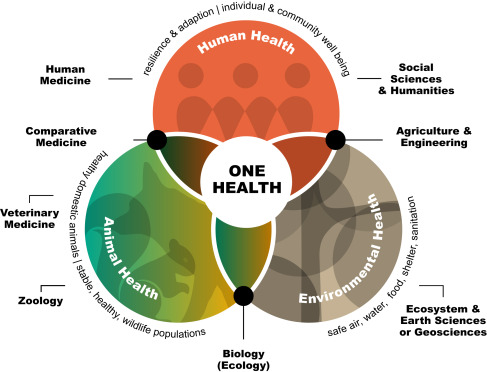In this study, the authors use topic modeling and critical discourse analysis to answer this question: what are the most significant topics of discussion within the Colombian feminist movement on Twitter during the COVID-19 pandemic?
Background: Latin America and the Caribbean present the second highest adolescent fertility rate in the world, only after sub-Saharan Africa, and have reached the third position globally in the incidence of motherhood in adolescence. We aimed to explore trends and inequities in adolescent childbearing in the region.
This study evaluates the relationship between the road network and deforestation and other negative impacts on indigenous people in Brazil.
Elsevier,
Overcoming Obstacles in Drug Discovery and Development, Surmounting the Insurmountable—Case Studies for Critical Thinking 2023
Racial and ethnic disparities among clinical trial participants is a long-standing issue demanding attention in the research community as advances in precision medicine increase. This exclusion from clinical trial enrollment has tangible consequences, preventing traditionally underserved populations from benefitting from health innovation and cutting-edge technologies. Aggregation of populations into a generalized treatment population lends to the evident healthcare inequities we see today and support SDG3
This News item supports SDG 3 by describing the work of the PAHO Commission on Mental Health and COVID-19, which was created in order to improve mental health care in the Latin America and Caribbean region in light of the mental health crisis resulting from the pandemic. The article describes the 10 recommendations set forth by the Commission, and the opportunities and implications of these recommendations.
This is a Personal View discussing socioeconomic risk factors for dementia in women in Latin American Countries, with emphasis on gender roles and expectations that can infleuence the onset and prevalence of dementia
This Article supports SDG 3 and 10 by showing that among Indigenous children in Brazil (of the Guarani birth cohort), severely compromised living conditions were noted, and inequalities in the frequency of social and environmental risk factors between the Indigenous children. The authors note that policies are needed to improve housing, water and sanitation, and wealth conditions among people in Indigenous communities.
This article aligns with the SDG goal 3 of Good health and wellbeing and SDG 10 Reduced inequalities by showing that hepatitis C mortality trends in Mexico have started to decrease, but that much remains to be done in terms of prevention, diagnosis and timely access to treatment in this country.
Before we were agriculturalists we got all our food by hunting, gathering and fishing. But what did this look like?
One Health and the Exposome embrace a broad view of human health and its environmental drivers as well as provide various tools and modes of operation to systematically uncover pathways linking poor health outcomes with their root causes to inform interventions supporting the WHO SDG3.

